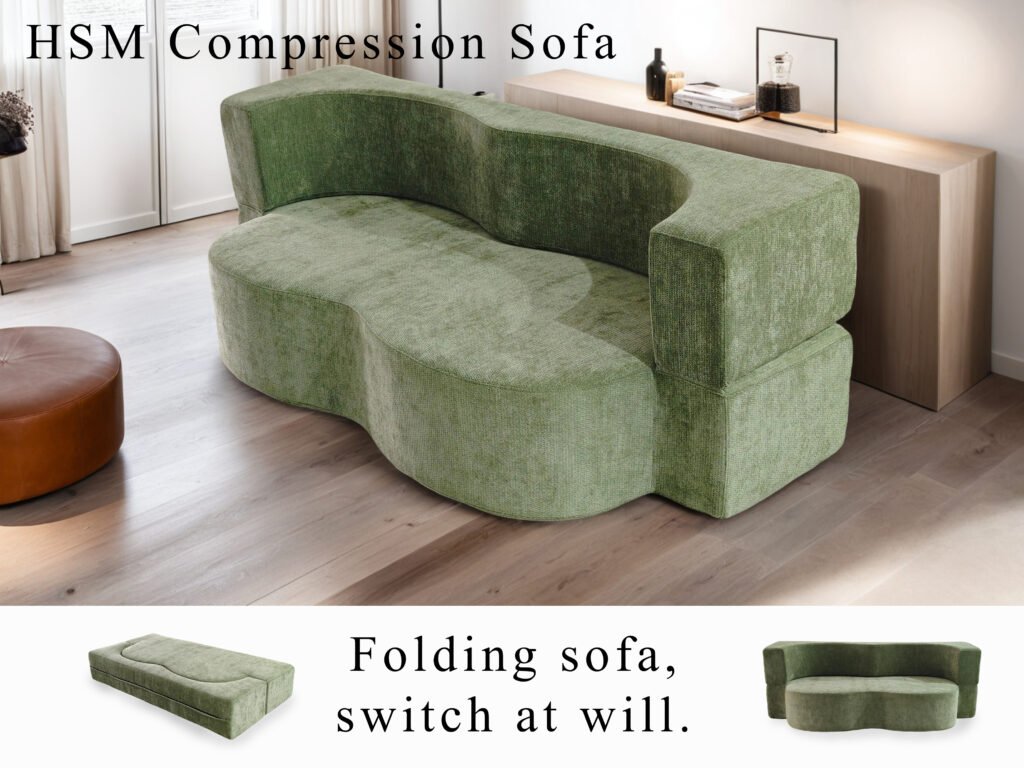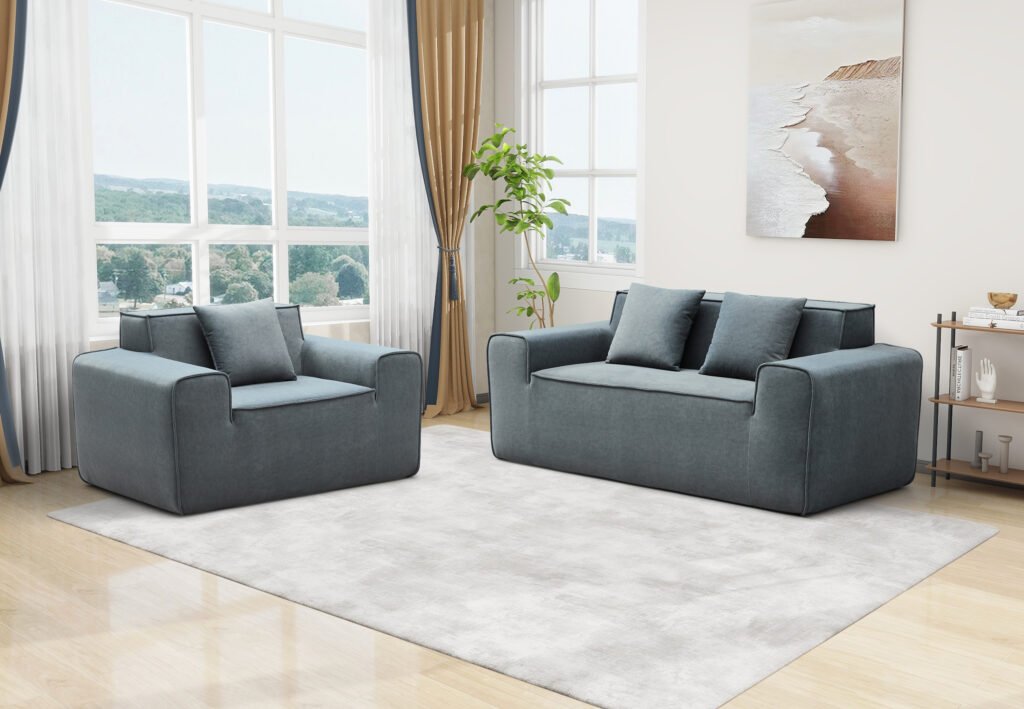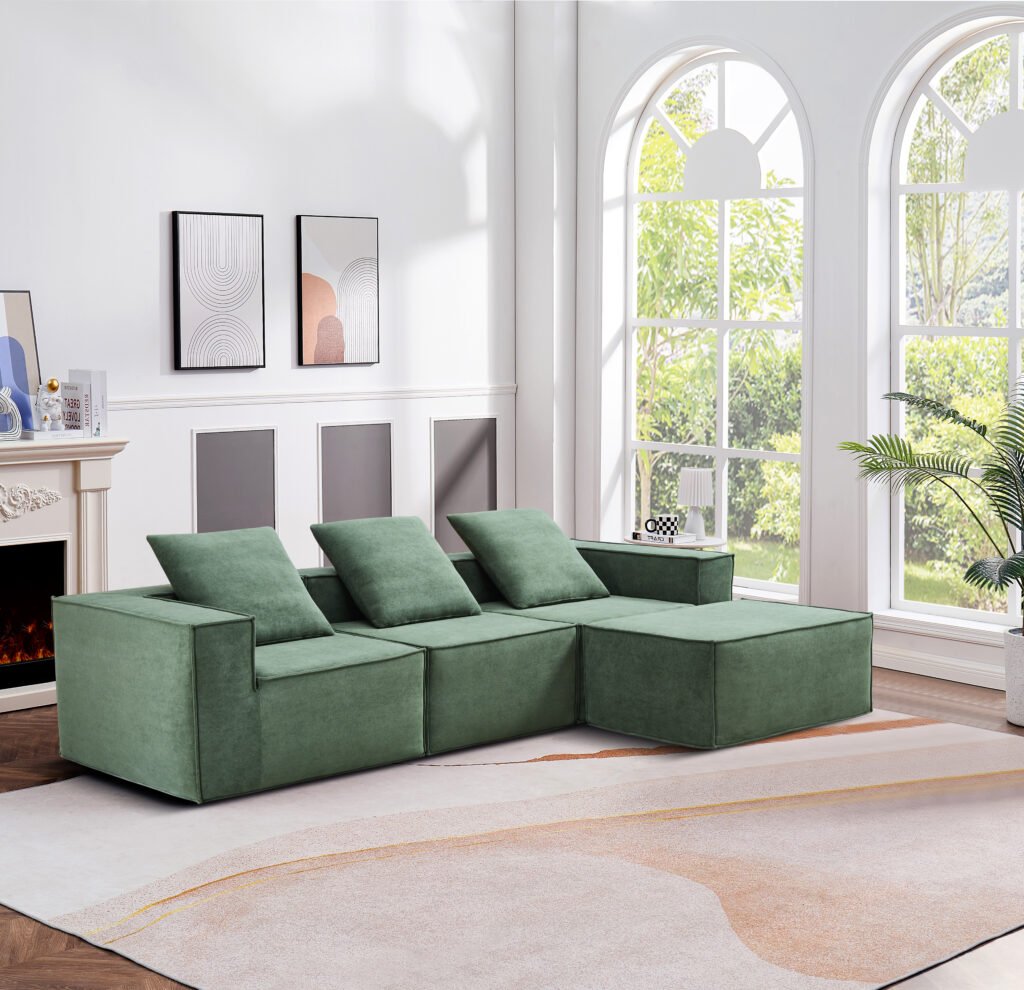
Introduction
In the B2B furniture sector, ensuring the safe and hygienic delivery of compress sofas is a top priority for manufacturers, wholesalers, and distributors. As global health standards and customer expectations rise, businesses must adopt rigorous sanitation and packaging protocols to protect product integrity, minimize contamination risks, and reinforce brand trust. Drawing on best practices from industries with high hygiene demands, this guide details a comprehensive, B2B-focused approach to sanitizing and packing compress sofas for secure, safe delivery in 2025 and beyond.
Pre-Sanitation Preparation
Before sanitization, set up a dedicated clean zone within your production or packing facility. All staff involved should wear appropriate personal protective equipment (PPE) such as gloves, masks, and clean uniforms to prevent cross-contamination. Ensure all tools, work surfaces, and packaging materials are disinfected with approved cleaning agents suitable for use around upholstery and foam.


Step 1: Surface Cleaning
Begin by vacuuming the sofa to remove dust, debris, and loose particles from all surfaces, including crevices and seams. Use a soft brush attachment to avoid damaging the upholstery. For B2B clients, this step is essential to maintain high product presentation standards and prevent the introduction of contaminants into the packaging process.
Step 2: Disinfection
Apply a fabric-safe, EPA-approved disinfectant spray or wipe to all exposed surfaces of the sofa, following the manufacturer’s recommended contact time for effective microbial reduction. Pay special attention to high-touch areas such as armrests and cushions. For foam and spring components, select disinfectants that do not degrade material integrity or leave harmful residues.


Step 3: Air Drying
Allow the sofa to air dry completely in the clean zone before proceeding to packaging. This prevents moisture entrapment, which can lead to mold growth or unpleasant odors during transit. Use industrial fans or dehumidifiers if necessary to accelerate the drying process while maintaining a contaminant-free environment.
Step 4: Hygienic Handling and Final Inspection
Once dry, handle the sofa with sanitized gloves. Conduct a thorough inspection to ensure all surfaces are clean, dry, and free from stains or residues. Document this inspection for quality assurance records—an important step for B2B partners who require traceable hygiene protocols.
Step 5: Protective Wrapping
Wrap the sanitized sofa in a new, vacuum-sealable plastic film or bag, ensuring a tight, airtight seal. For added protection, use antimicrobial or moisture-resistant packaging materials. Secure all loose cushions and components with non-woven wraps or foam inserts to prevent movement and abrasion during shipping.
Step 6: Secure Carton Packaging
Place the wrapped sofa into a double-wall corrugated carton sized precisely to the compressed dimensions. Add foam edge protectors, corner blocks, and shock-absorbing inserts as needed to safeguard against impact and vibration. Seal the carton with tamper-evident tape and apply clear labeling with handling instructions and hygiene certification if required.


Step 7: Storage and Logistics
Store packed sofas in a clean, climate-controlled warehouse area, away from potential contaminants and direct sunlight. For B2B logistics, implement a first-in, first-out (FIFO) system to ensure product freshness and traceability throughout the supply chain.
Step 8: Documentation and Communication
Provide B2B clients with detailed documentation of your sanitation and packaging procedures, including batch records, inspection checklists, and compliance certifications. Transparent communication builds trust and can be a key differentiator in competitive tenders or contract negotiations.
Conclusion
Sanitizing and packing compress sofas for safe delivery is a multi-step process that demands meticulous attention to detail and adherence to industry best practices. By implementing these protocols, B2B furniture suppliers can protect product quality, meet rising hygiene expectations, and deliver superior value to clients across global markets. In 2025 and beyond, robust sanitation and packaging standards will remain a hallmark of trusted, forward-thinking furniture brands2.